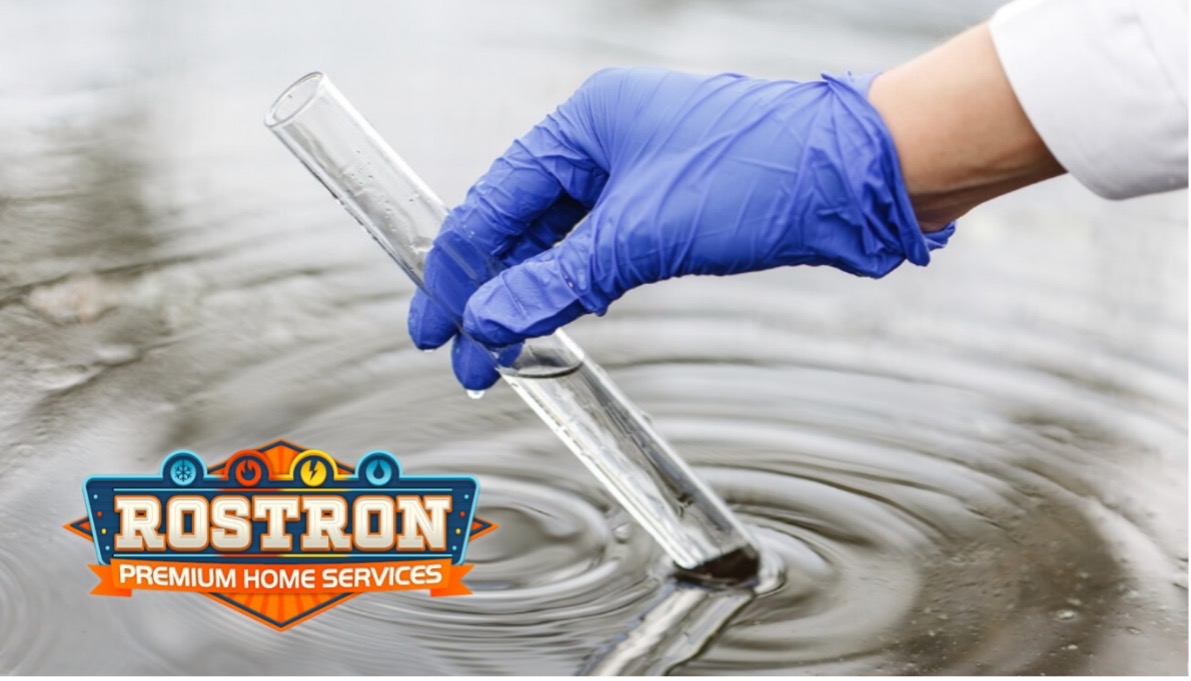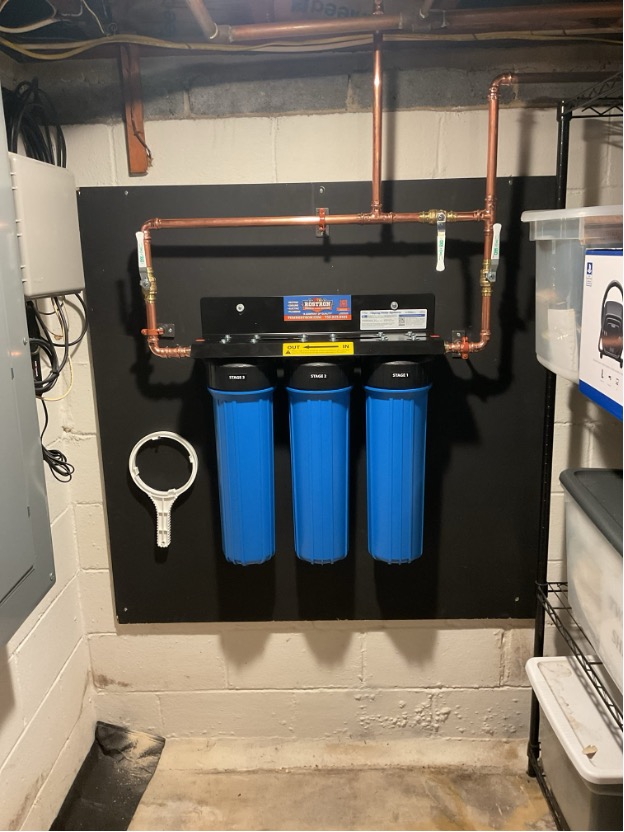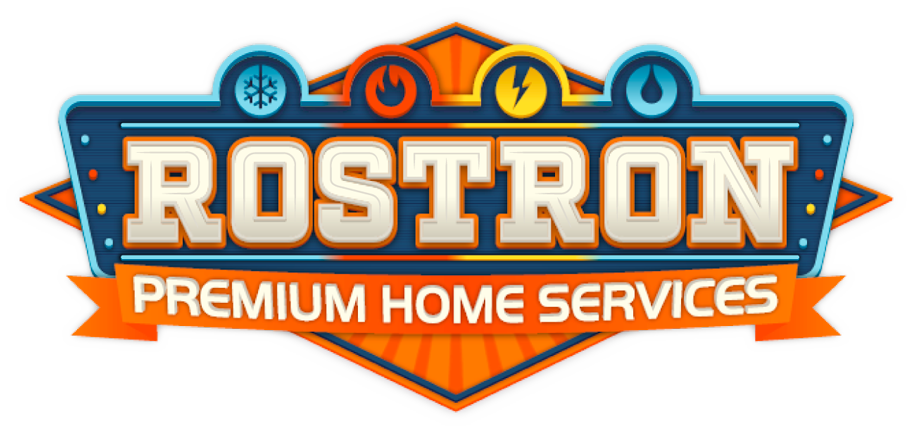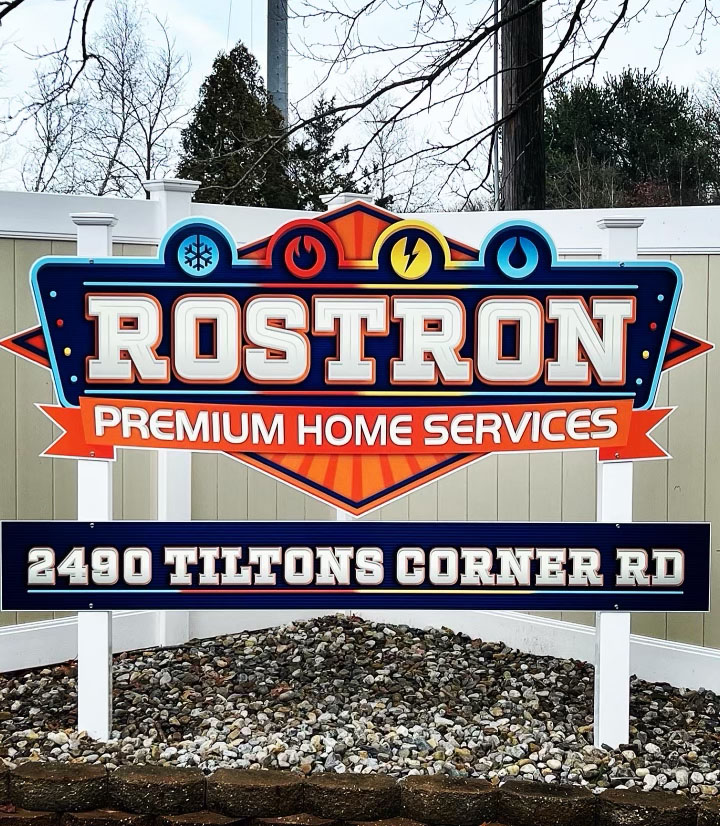Is My Tap Water Safe?
I’m sure you’ve heard a number of opinions when it comes to tap water in your home. Friends, family, neighbors, and even news coverage seems to have different views on what’s considered safe. While it isn’t simple and there are a lot of grey areas, we’re here to break it down for you if we can.

Safe is Subjective
There are two different types of water in your home: wash water and drinking water. Anything that you consume, including water that you wash vegetables or cook pasta with is considered drinking water. Anything else, including your shower, washing machine, or hoses, is considered wash water.
As you’d suspect, the recommended quality of your drinking water is higher than the recommended quality of your wash water. On top of that, there are a number of things that are considered dangerous to consume, but are harmless when they exist within wash water.
Wash Water
Pop quiz: When there are high levels of calcium, magnesium, and other minerals mixed in with your water, what is the scientific term? If you said hard water, you’d be correct! These tiny particles are invisible to the naked eye, but can have some pretty serious consequences. Here are some of effects of hard water, in order from annoying to dangerous:
- Spots on glasses and silverware
- Soap does not lather
- Dry skin
- Hair loss
- Buildup in pipes and water heaters, resulting in leaks
While it is true that the harder your water is, the more damaging it can be, any amount of water hardness can cause a problem.
Another contaminant that can affect wash water is chlorine. Commonly mixed with ammonium to create chloramines, this chemical is used to kill bacteria and viruses in the water. It can cause dry skin and hair loss, as well as dulls colors and wears out clothes faster.
Drinking Water
Let’s be clear: there are thousands of things that you shouldn’t be drinking. Chemicals, plastic residue, and disinfectants come to mind. But how many of those things are really in the water that comes from your tap?
Turns out, a lot of them. While the exact levels can vary from town to town and house to house, there are a number of common contaminants that appear in water from city supplies. Just to name a few:
- Chlorine – Yes, the stuff you put in your pool to keep bacteria from growing. The water company likely utilizes it for the same reason.
- PFAS/PFOA – Microplastics in your water through pollution. Need we say more?
- Nitrates – Generally an issue in farm/rural areas due to fertilizer, these particles still find their way into the water supply through ground pollution.
- Lead – While they no longer use this dangerous metal for pipes, there are still some out there that exist from beforehand, especially when it comes to the lines from the street to your home!
- Fluoride – This mineral can be naturally occurring or added to water. It is helpful in small amounts, but can cause major damage to the human body in large quantities.
But What is “Safe”?
There are federal and state regulatory limits to the amount of each contaminant in the water sent to your home. Sounds great, right? The problem is that they can be agreed upon amounts that balance recommendations from a health perspective and the municipality’s ability to remove the contaminants.
Just like we said before, there are dozens of contaminants that should NEVER be consumed in any amount. However, small amounts will often sneak under the radar and will be sent on as tap water to homes, schools, and other places.
What’s the Best Way to Clean Water?
If you’re concerned about the water quality in your home, the best approach you can take is to approach your own castle. There isn’t much to be done beyond your own walls, unfortunately. However, there are two main types of systems you can install in your home:
Whole House: These systems usually create a “detour” for the water flowing through your main. There are softeners and conditioners, which will help with water hardness, as well as filtration, which can help with the level of other contaminants.
Point of Use: While they won’t provide filtration for your entire home, these smaller systems usually go under a kitchen sink. There are many varieties, including carbon filtration and reverse osmosis. They can be more economic and will often provide better filtration than a whole house system.

If the installation of a water treatment system is something you might be interested in, Rostron Premium Home Services has a few key points for things to consider:
- What you are looking to eliminate – Contaminants will vary from town to town
- How much space you have to work with – Don’t forget, some systems are larger than others!
- How effective the system is – There will be differences between brands
- How efficient the system is – Is there a large amount of wastewater involved with the process?
- Who is going to install it? – Always use a reputable, fully insured company to install water treatment systems. Don’t mess with water. It can cause real damage to your home and belongings!
Think You Might Be Interested?
Rostron Premium Home Services have installed water treatment systems for dozens of our customers that are concerned with the wellbeing of their families. Give us a call and we can set up an estimate!



